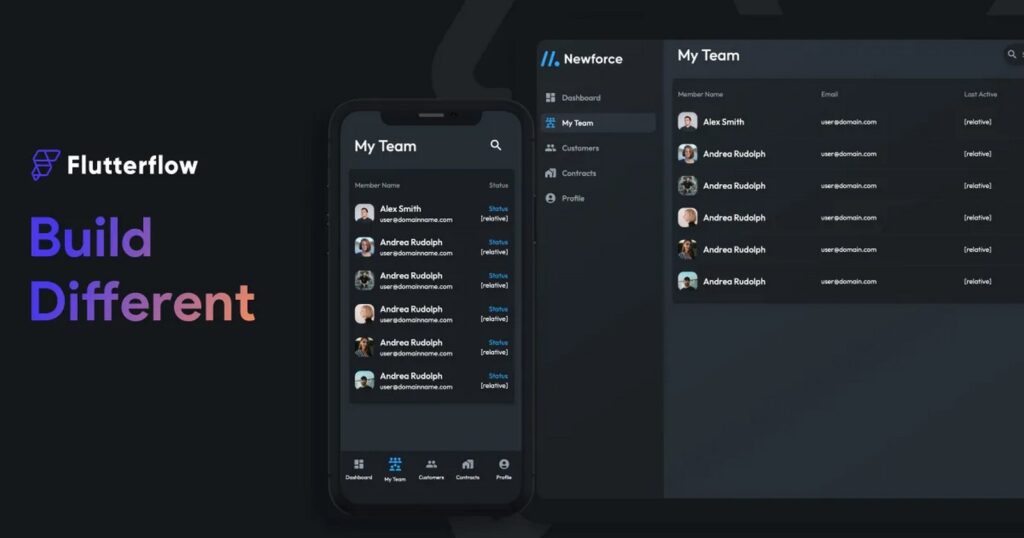
In recent years, low-code development platforms have gained significant traction by offering a streamlined approach to mobile app development, promising to reduce the traditionally lengthy development cycle. Data from analytics firm GlobalData indicates a substantial surge in venture capital funding for low-code development platforms from 2021 to 2022.

Sustained Demand Amid Shifting Trends
While attention has shifted towards AI, particularly generative AI, the demand for low-code platforms remains robust. This trend is exemplified by the recent financing round of FlutterFlow, a startup dedicated to building a low-code platform for mobile app developers.
FlutterFlow recently announced the closure of a $25.5 million Series A funding round, led by prominent investors including GV (formerly Google Ventures), Gradient Ventures (Google’s AI-focused venture fund), Xoogler Ventures, and Y Combinator. This funding, obtained at a valuation of approximately $170 million, brings FlutterFlow’s total raised capital to $30 million. The investment will be channeled towards expanding FlutterFlow’s enterprise initiatives and significantly enhancing its investment in AI technology, as revealed by CEO and co-founder Abel Mengistu.
Addressing the Digital Experience Gap
Abel Mengistu, co-founder of FlutterFlow alongside Alex Greaves, underscores the critical importance of delivering high-quality digital experiences in today’s mobile-centric landscape. Despite the widespread adoption of mobile devices, many companies struggle to provide seamless digital experiences. FlutterFlow aims to bridge this gap by simplifying the app development process.
Origins and Mission
Having previously collaborated at Google on the Maps team, Mengistu and Greaves launched FlutterFlow in 2020 following the closure of their first startup, a restaurant recommendation app. Reflecting on their initial venture, Mengistu acknowledged the challenges they faced due to backend complexities, which fueled their resolve to create a platform that streamlines app development.
FlutterFlow offers low-code tools tailored to iOS, Android, and desktop operating systems, leveraging Google’s Flutter toolkit to generate clean and maintainable app source code.
Competitive Edge and Market Positioning
While the market for low-code app development platforms is saturated, FlutterFlow distinguishes itself through its emphasis on an open development approach and centralized governance pipeline. Moreover, the integration of AI-powered code assistance aligns with industry trends, enhancing the platform’s appeal to developers seeking efficiency and innovation.
Growth Trajectory and Future Outlook
FlutterFlow boasts approximately 10,000 self-service paying customers, serving over one million users, with a select number of enterprise clients. Despite intense competition, the company remains resilient, with minimal burn rate and ample runway for future growth. Mengistu emphasizes FlutterFlow’s role in accelerating project timelines and increasing productivity, positioning the platform as a valuable asset for decision-makers navigating evolving market dynamics.
In conclusion, FlutterFlow’s strategic vision, coupled with its commitment to innovation and customer-centricity, positions it as a frontrunner in the burgeoning low-code app development landscape, poised to drive digital transformation and empower developers worldwide.











Leave a Reply